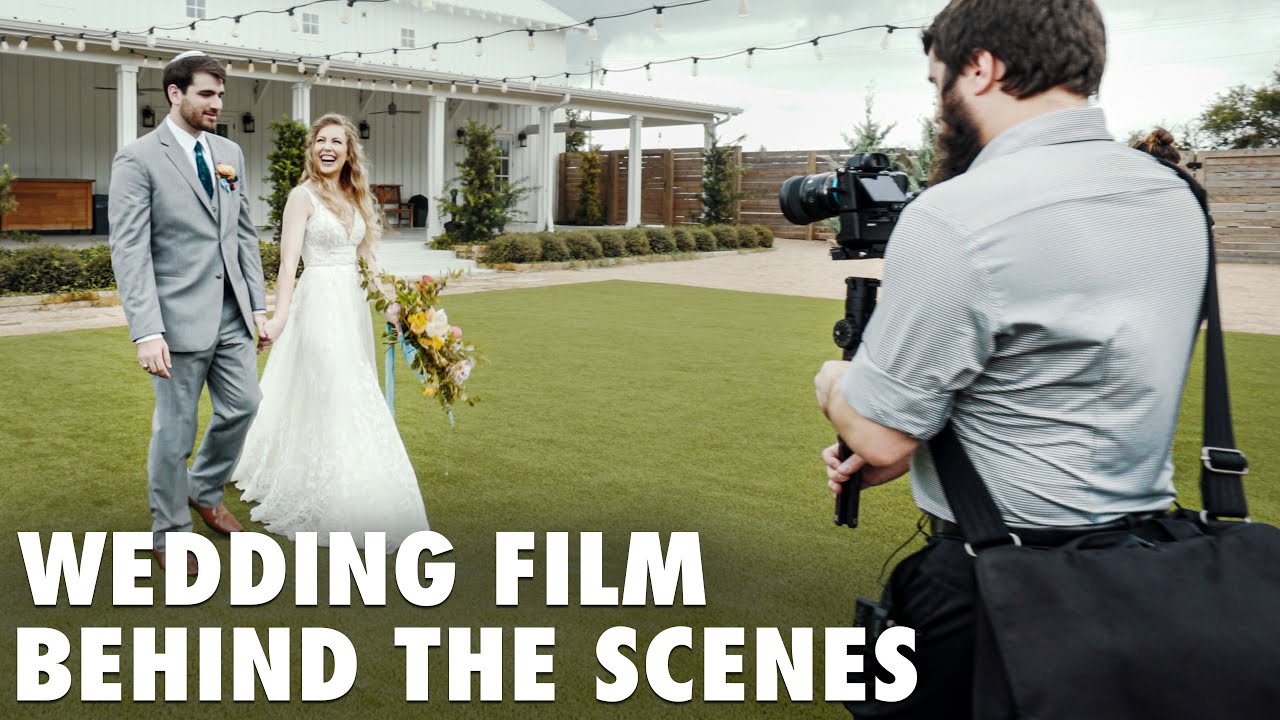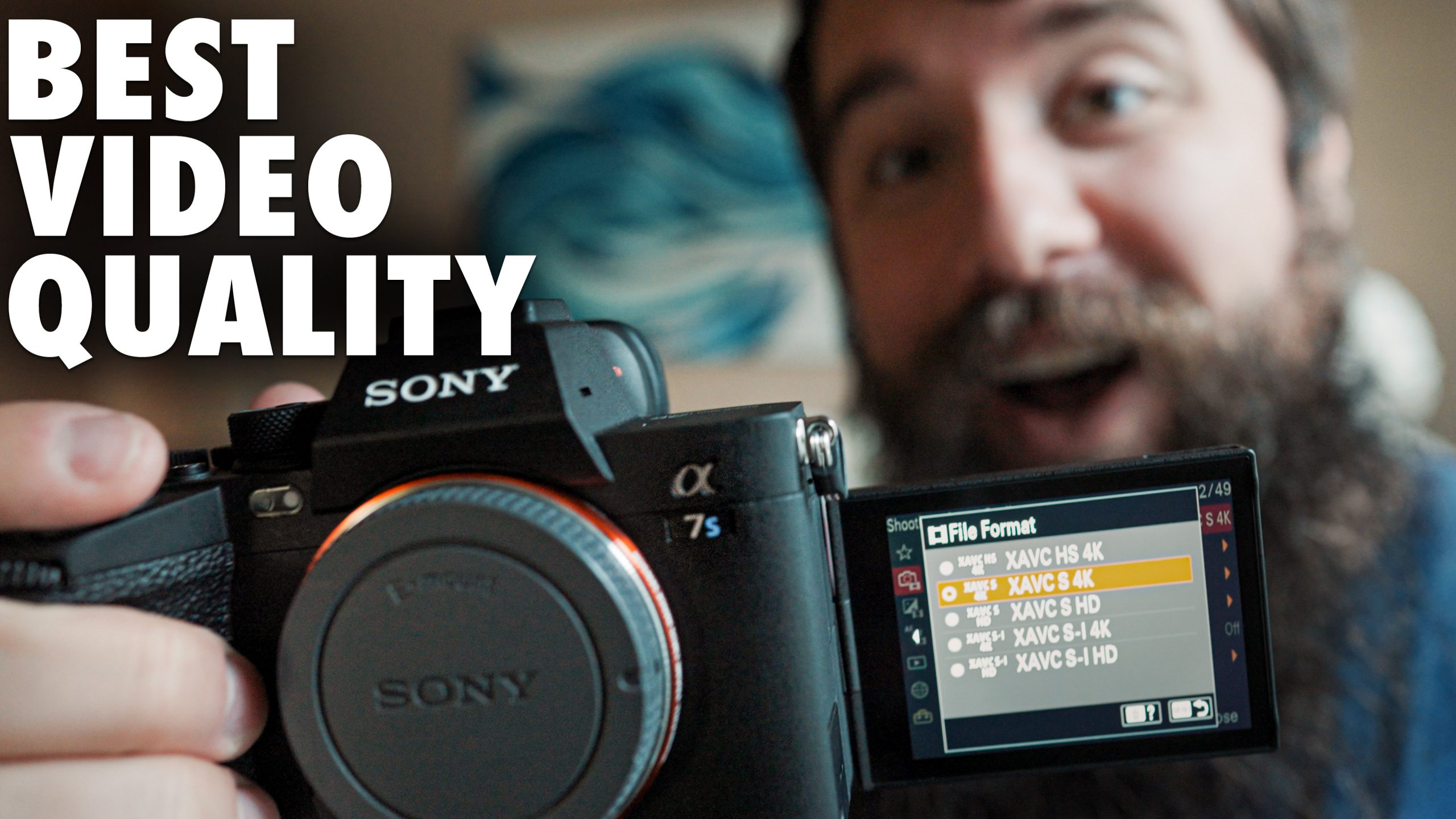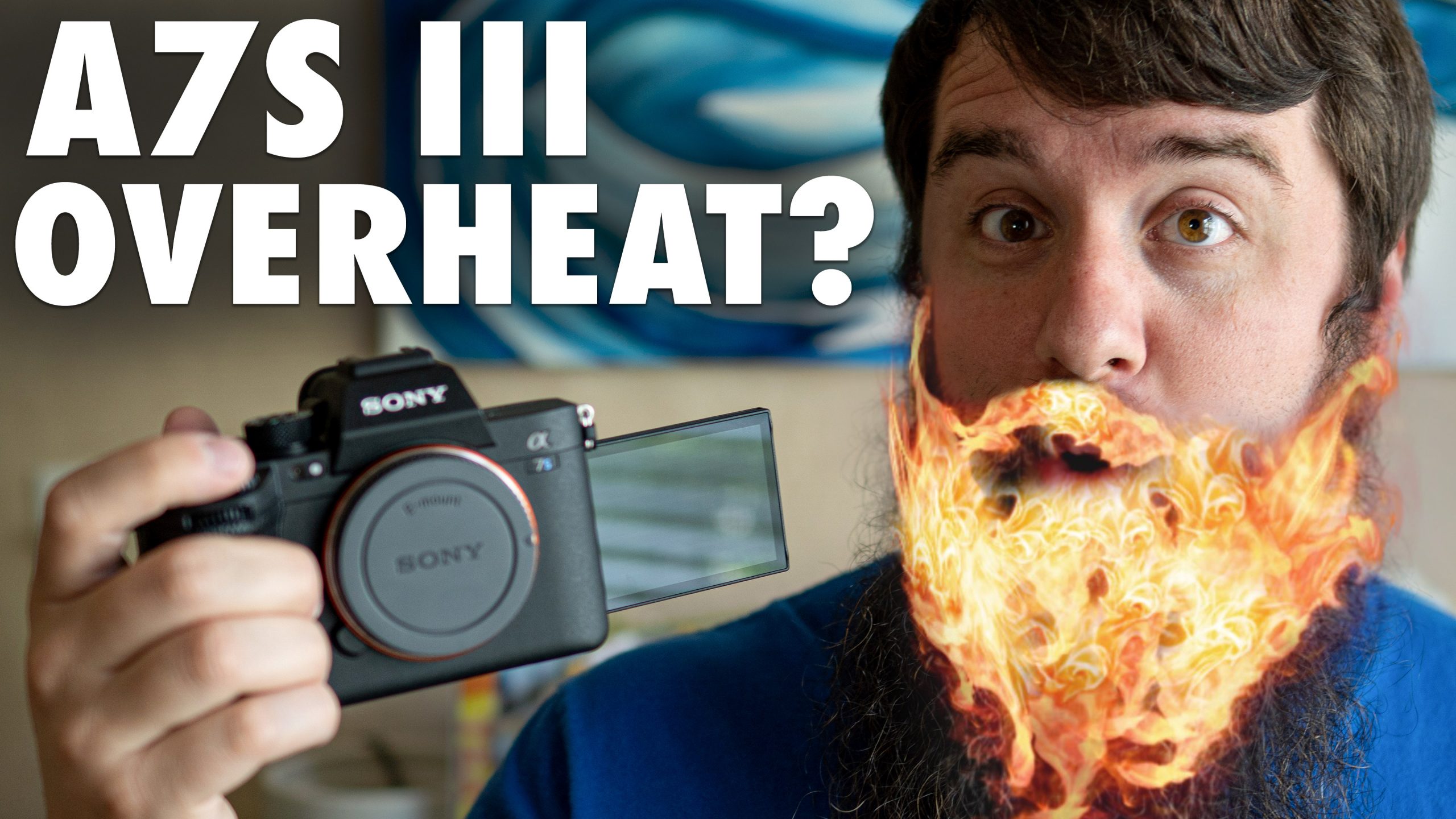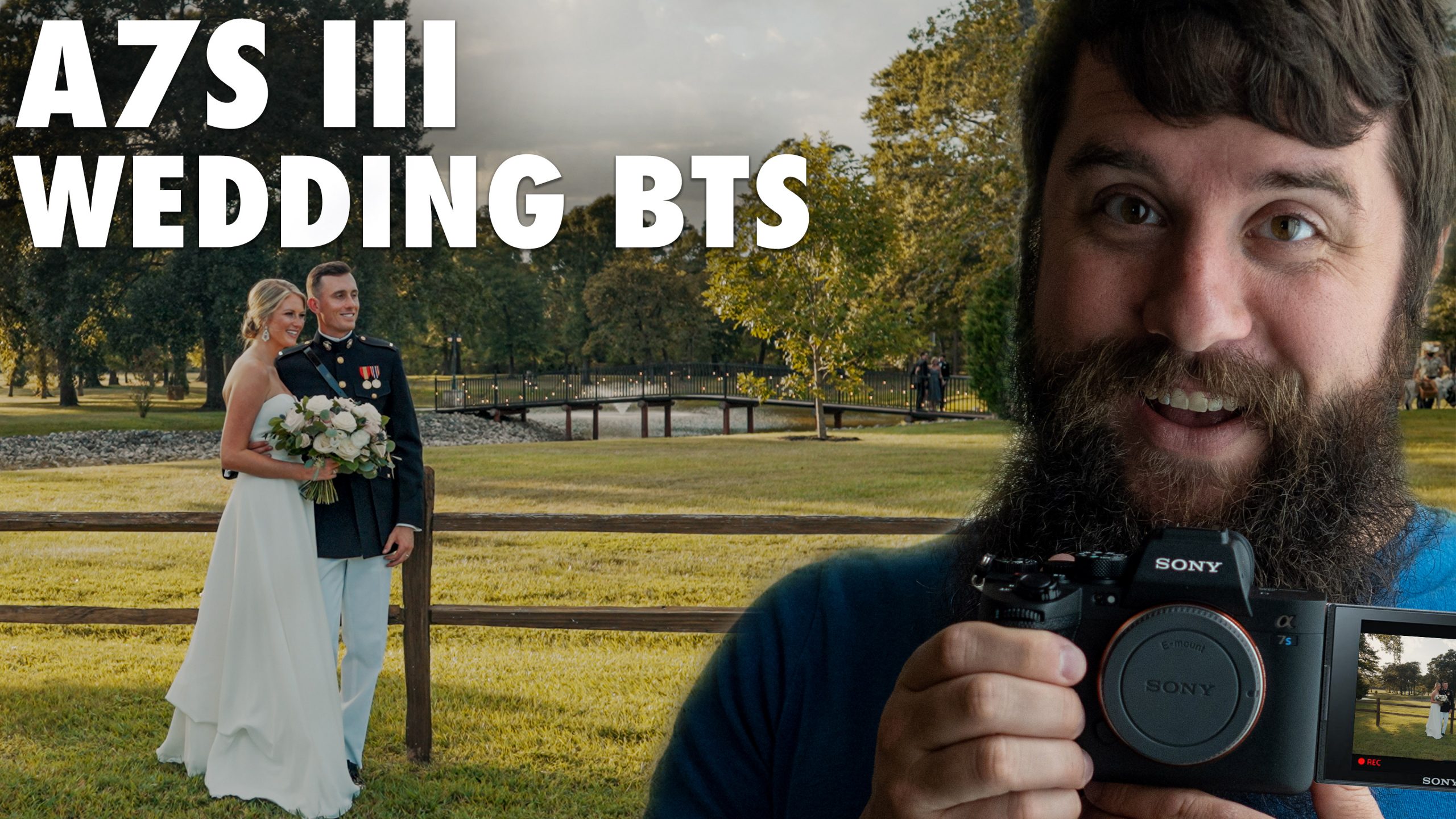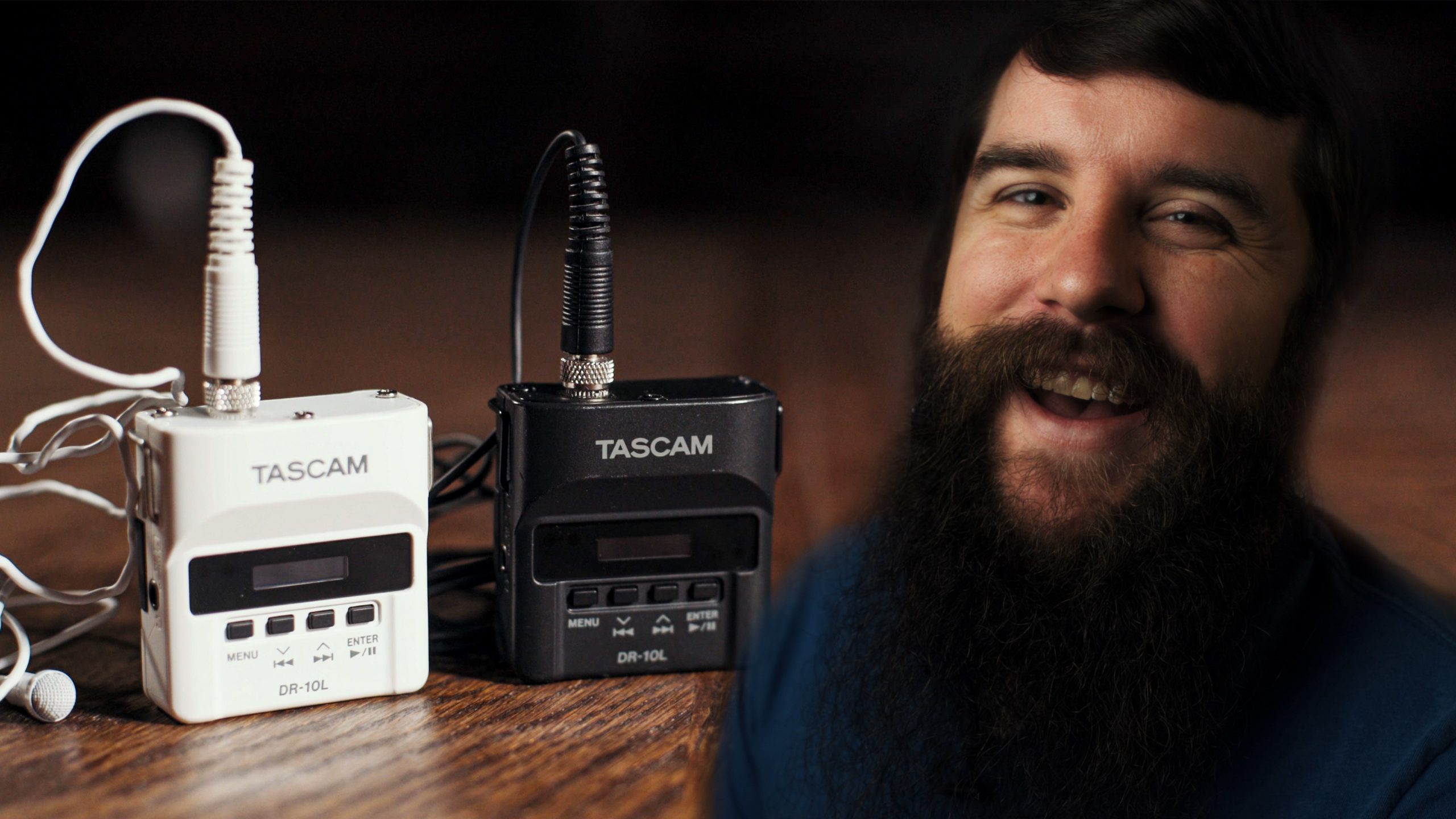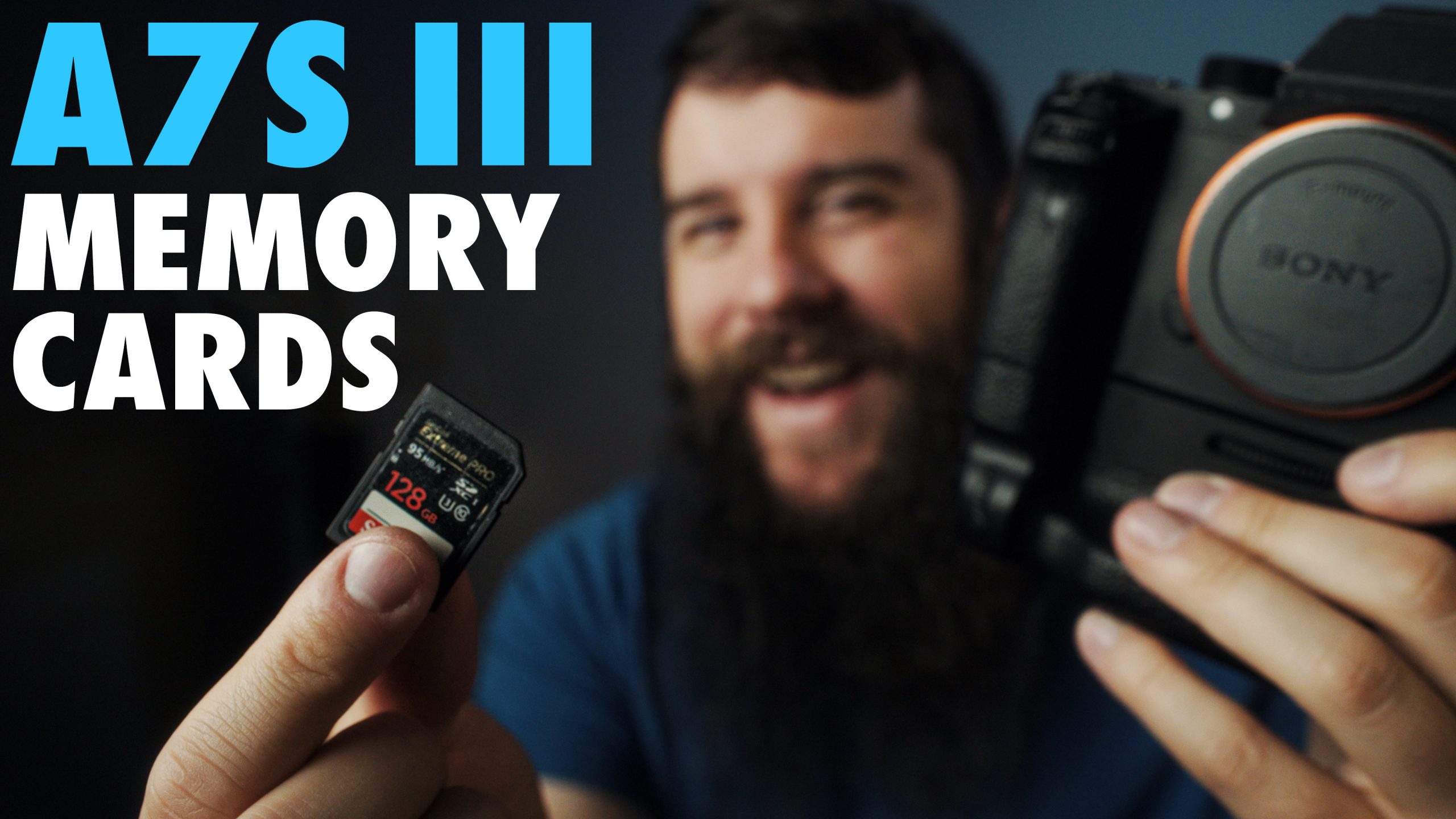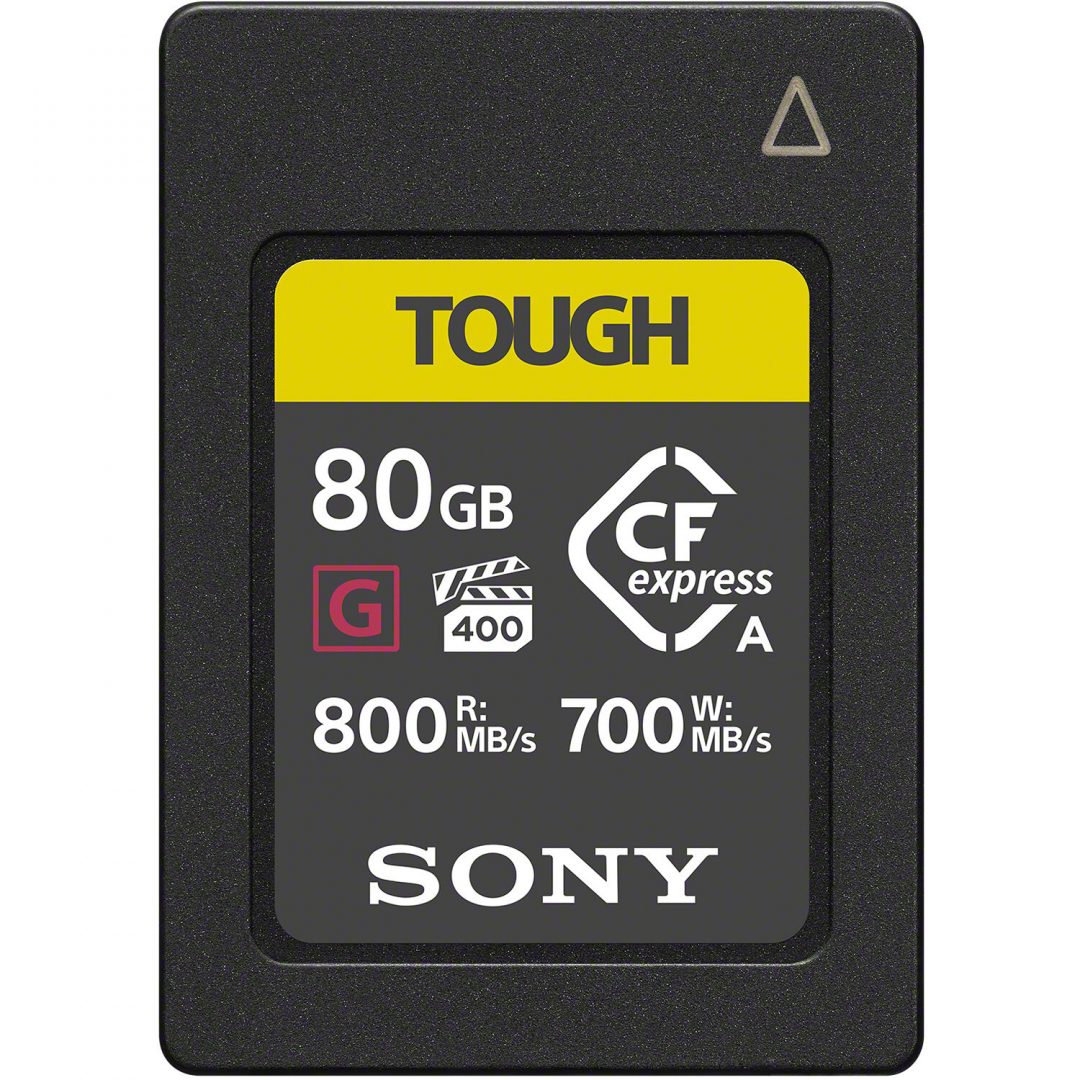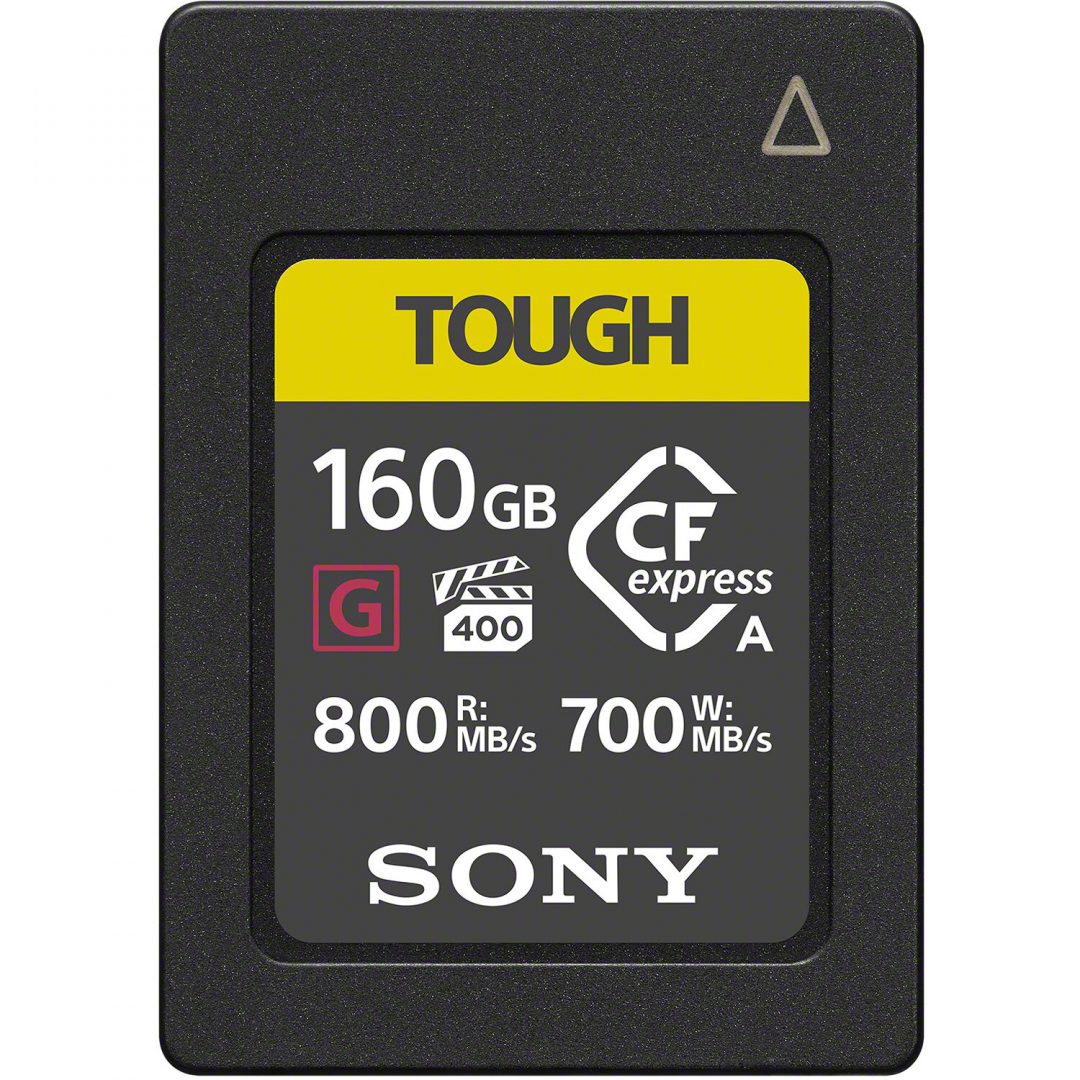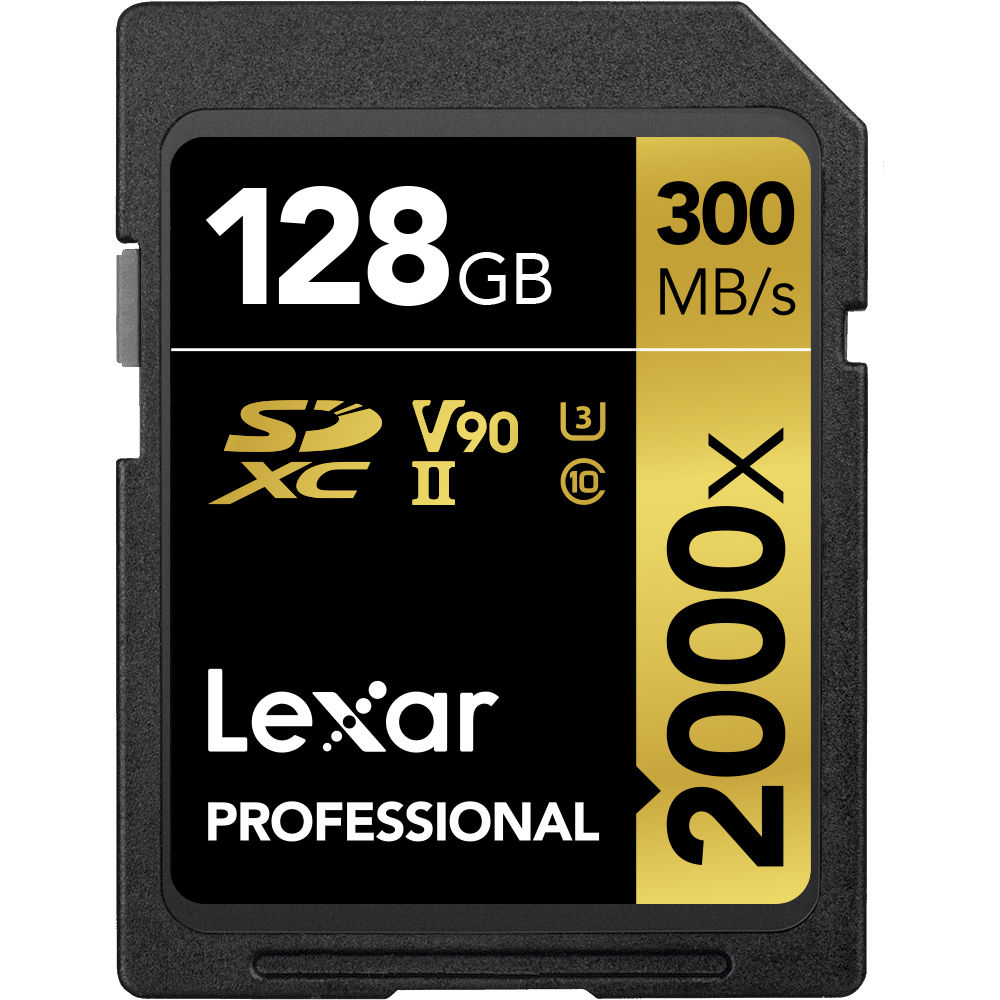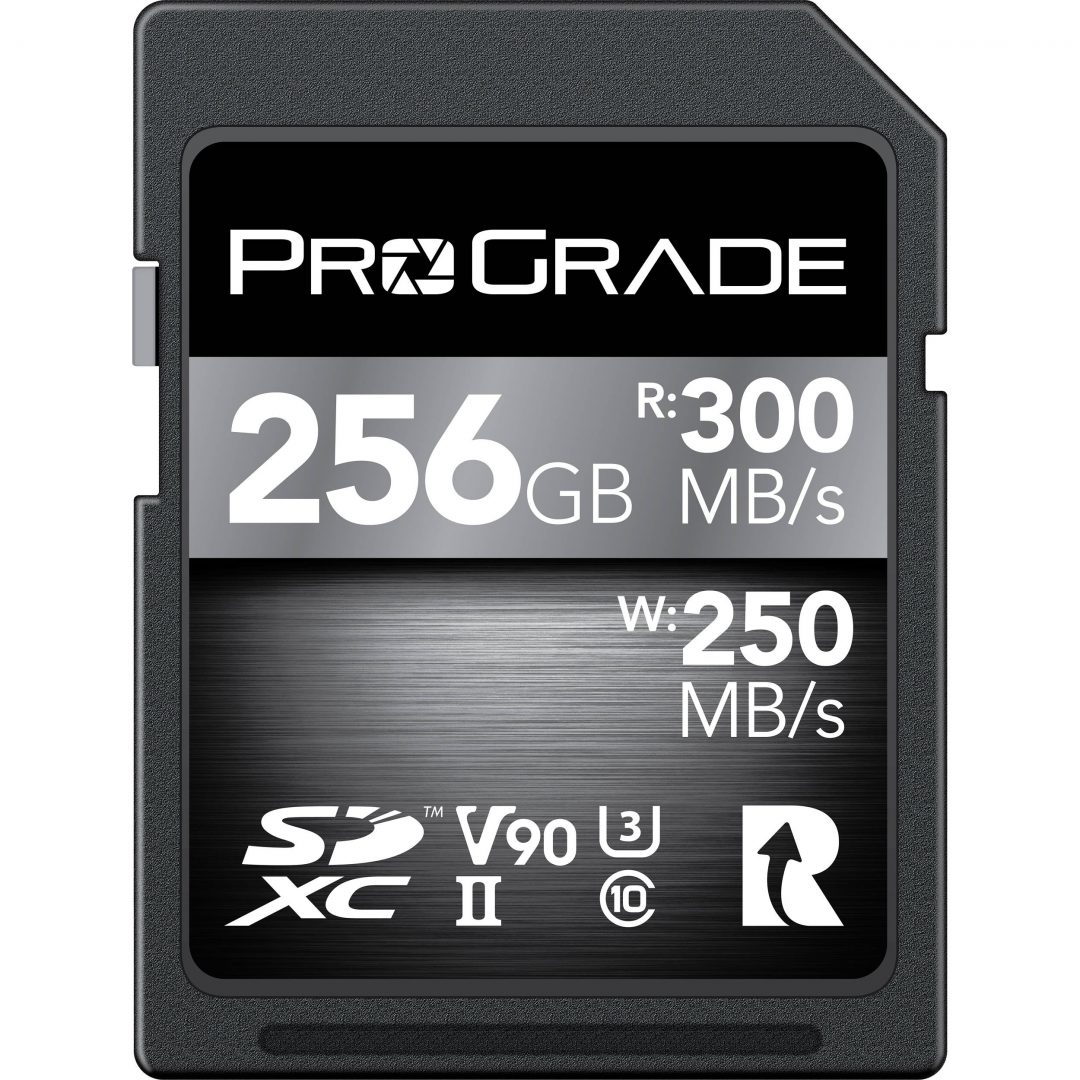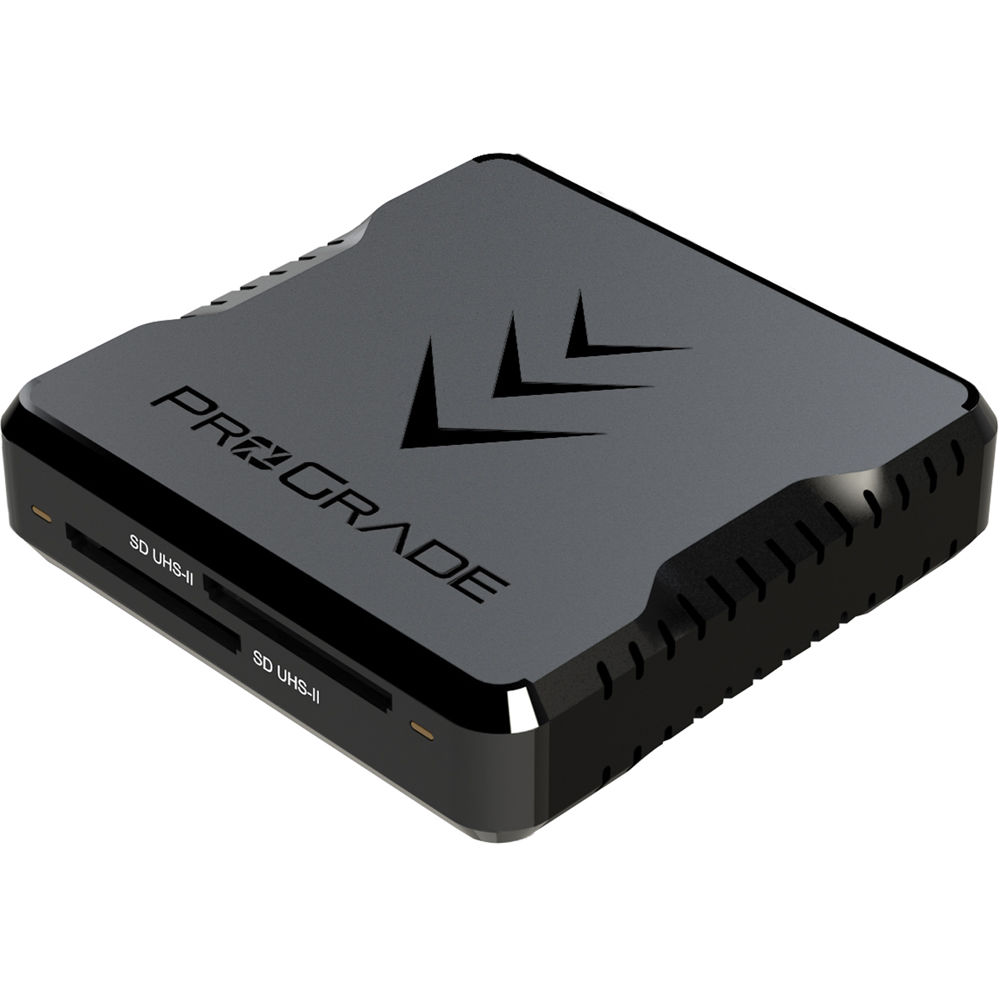Come along behind the scenes as I film Kaley and Doug’s rainy outdoor Texas wedding with the Sony a7S II! See all aspects of wedding videography in this bts, from bride and groom prep, to the ceremony and reception.
Sony A7S III & FX3 Video Formats EXPLAINED: Best Quality & Smallest File Size
Will The Sony A7S III Overheat Filming A Wedding?
Sony A7S III Wedding Filmmaking Behind The Scenes
I filmed an ENTIRE wedding with the Sony A7S III, filming footage in 10-bit 4K 24, 60, and 120fps at up to 40,000 ISO! If you’ve been considering buying the A7S III for wedding videography, this will show you the camera’s capabilities.
⏱ My friends at Archaius Creative helped me edit this video, & they want to help you too! Get 10% off your first editing project when you use this link
Tascam DR-10L Accessories You Need
The Tascam DR-10L is my favorite audio recorder! But after using it for a few years, I’ve found some accessories that make recording with it even better. From the best batteries to replacement lapel clips for the lav mic, this video covers them all.
Sony A7S III Memory Cards Guide: CFexpress vs SD for 4K Video
You just bought a Sony A7S III and you need memory cards! Better make sure they are fast enough for that 4K 120 FPS right? Do you need to spend extra for CFexpress cards or can you save some money and just by SD cards? And what about memory card readers? Time to answer all these questions!
Don’t feel like reading? Check out my full list of recommended CFexpress cards, SD cards, and memory card readers on my Kit page!
WHY DUAL RECORDING IS AWESOME ON THE SONY A7S III
The first thing you need to know is the A7S III has the capability of recording video to dual card slots, meaning that you have the option of either recording the same video to both memory cards for redundancy in case one of them fails, or you also have the option of recording in “Relay”, where the camera will fill up one card, and then continue recording to the second card without stopping.
For this reason, I would highly recommend buying two memory cards so you are protected in the event that one of them fails. If you film weddings like me, this feature can save your bacon!
The A7S III also has the ability to use SD cards or CFExpress Type A Cards interchangeably. You can have 2 SD cards in the camera, or 2 CFexpress Type A cards, or 1 SD card and 1 CFexpress Type A card, any combination you want!
DO YOU NEED CFEXPRESS CARDS FOR THE SONY A7S III?
Why has Sony given this camera the ability to use SD cards and CFexpress cards? Because CFexpress cards are much faster when it comes to reading and writing to the card. Current SD cards max out at around 300 megabytes per second read and write speed. Alternatively, CFexpress cards have a theoretical max of 1000 megabytes per second read, and 1000 megabytes per second write. And that write speed is very important! The faster a card can write, the faster it can record high bitrate footage.
Here’s the good news for you: Every single resolution, frame rate, and bitrate that the A7S III records for video can be recorded to an SD Card, except for one bitrate: 4K 120FPS in XAVC S-I Compression.
This means that for virtually 99% of your filmmaking needs, SD cards are the way to go! Otherwise, if you want to record 4K 120FPS in XAVC S-I compression, you need to use a CFexpress card. Be warned that the file sizes will be HUGE though!
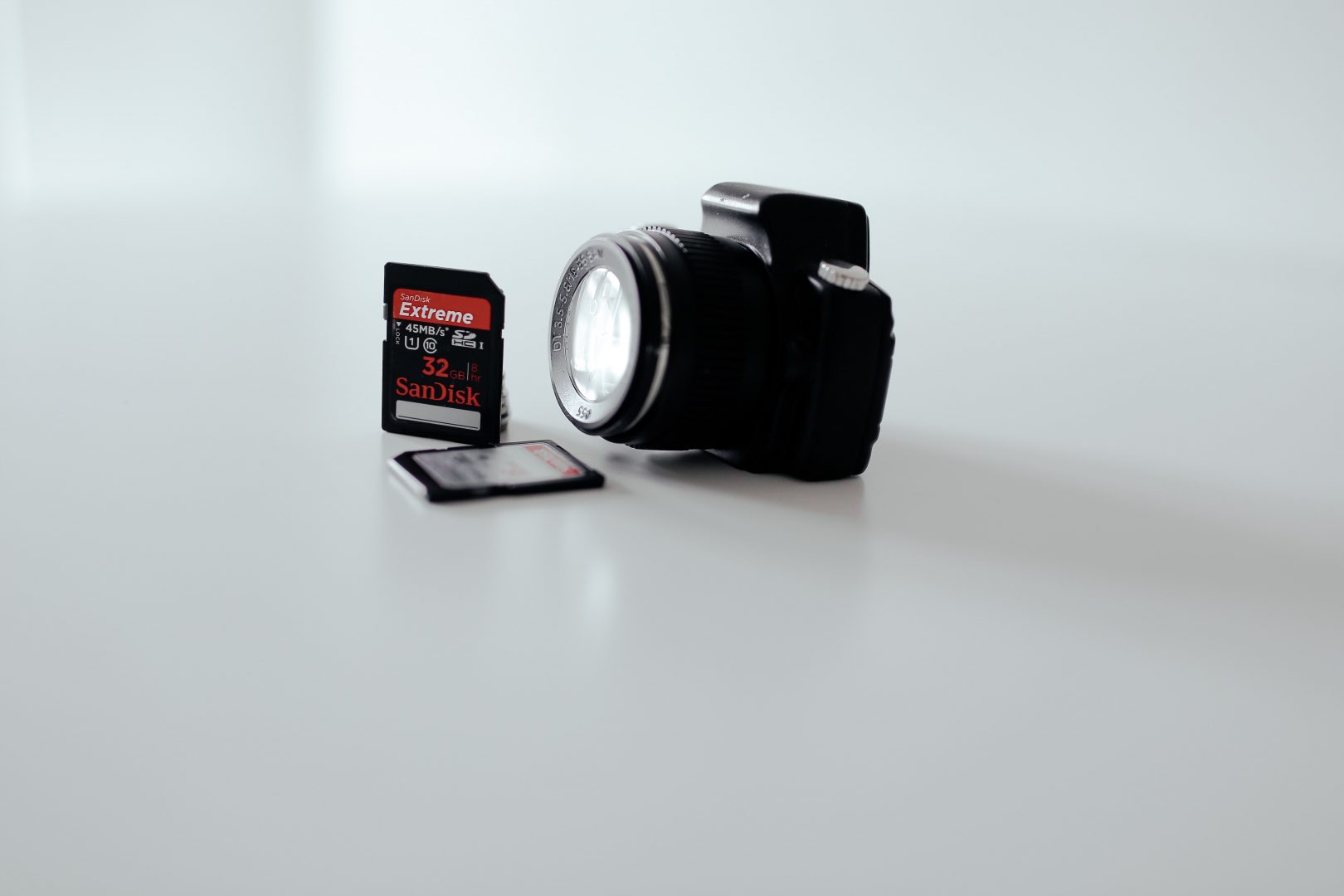
Lastly, remember that dual memory card recording capability I just talked about where the camera records to 2 memory cards at the same time? Here’s something really cool: Dual recording will work even if you are using an SD card in one slot, and a CFexpress card in the other. You can mix and match and still dual record!
There is one caveat if you do this though. If you mix CFexpress and SD cards, the camera will default to recording to the lower cards speed. Meaning, that if you want to record in 4K at 120fps in XAVC-I recording in super high quality, the SD card cannot do that, so you can’t dual record.
Literally any other framerate or resolution though, you can mix and match CFexpress and SD, and I love that!
WHICH CFEXPRESS CARDS SHOULD YOU BUY FOR THE SONY A7S III?
The CFExpress Type A cards that work with the Sony A7S III are so new, Sony is the only company at the time of recording this video that is making these cards. There currently two cards available:
Both the 80GB and 160GB model of cards have the same read and write speeds, and both will work with the A7S III.
Which one should you buy? Well considering that really the only reason you would buy this is to record 4K 120fps in ALL-I at 1200 megabits per second, I would pony up the cash for the 160 gigabyte model. It’s gonna fill up FAST at that framerate!
WHAT ABOUT A CFEXPRESS CARD READER?
The A7S III supports fast file transfers via USB-C cable if you plug in the camera, but you may want to pick up a card reader too. Yet again, Sony comes to the rescue and is the only company at the time of recording this video that offers a CFexpress Type A Card Reader, the MRW-G2. As a bonus, this card reader can read SD cards as well.
BUY FAST ENOUGH SD CARDS FOR THE SONY A7S III
If you want an SD card that records all frame rates and resolutions (except for 4K 120fps in XAVC S-I that only works with CFexpress cards) there are two things that you need to look for when buying SD cards for the A7S III.
Make sure any SD card you buy for the A7S III is UHS-II with a V90 video speed rating. Anything less will not support 4K at 120 FPS.
WHICH SD CARDS SHOULD YOU BUY FOR THE SONY A7S III?
Sandisk is my favorite manufacturer of SD cards, but unfortunately they don’t sell any V90 cards that are compatible with the Sony A7S III yet. Instead, I have recommendations from two other brands for you.
Lexar makes UHS-ii V90 SD cards in sizes up to 128GB, and believe me, with the A7S III bitrates, you want at least 128 gigs for a decent amount of recording time. They are also sold in a 2-pack, which is perfect for dual recording!
Want a larger card? Check out ProGrade Digital’s 256GB SD cards! They also make 128GB SD cards as well, and they sell 2-packs of all their cards!
WHAT ABOUT AN SD CARD READER?
SD card readers are very common, but they aren’t all created equal! Just like how the cards that I’m recommending are UHS-II cards, there are also UHS-II card readers. If you buy a UHS-II card reader, you can expect dramatically faster speeds when copying your footage. With footage the size you are going to get on the A7S III, this can save you hours!
I would recommend the ProGrade Digital dual UHS-II SD Card Reader. It can copy from 2 SD cards simultaneously, and it even has a magnetic plate you can use to attach it to your laptop while copying footage. I love it!
WHERE SHOULD YOU BUY MEMORY CARDS FROM?
Just as important as which SD cards you buy, is where you buy them from. Go read reviews and you will start to read horror stories of people that bought SD cards that ended up being fake. For example, these are cards that say they are 128GB, but in reality are only 8GB in size.
To prevent this, I recommend buying your memory cards from reputable sources. B&H and Adorama are great, as are most camera stores where they get it directly from the manufacturer. In contrast, I would be more careful when buying from Amazon. Make sure the product page says it is shipped from Amazon.com and the company name you are buying from is correct.
Lastly, there’s Ebay, Craigslist, any used site, I would avoid those. If you don’t know and trust the person selling you a used memory card, I wouldn’t buy it.
And please, after you buy a memory card don’t just slap it in your camera and go out to film a wedding. After you buy any memory card, I would test its read and write speed using an app like Blackmagic Disk Speed Test on Mac or CrystalDiskMark on PC. If the read and write speeds aren’t as advertised, you may have a fake and need to return it.
I hope this helps you with buying the proper memory cards for your Sony A7S III!

